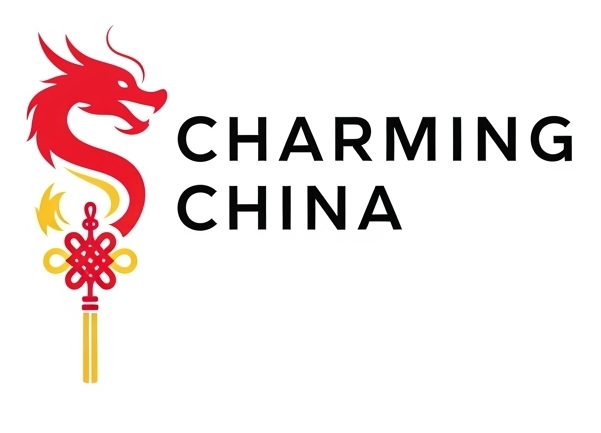Hanfu
Hanfu literally means "Han clothing"—the traditional attire of the Han Chinese people, with a history dating back over 3,000 years. Flowing robes, wide sleeves, crossed collars, and intricate patterns define this elegant form of dress, once worn by emperors, scholars, and commoners alike across dynasties.

Today, Hanfu is experiencing a powerful cultural revival, becoming a symbol of identity, pride, and artistic beauty for millions of Chinese youth.
Features of Hanfu
| Characteristic | Description |
|---|---|
| Collar Style | Crossed collars forming a "Y" shape (交领右衽) |
| Sleeves | Wide and flowing, often resembling wings |
| Structure | Loose-fitting, layered, no buttons—secured with sashes |
| Fabric | Often silk, linen, or cotton with embroidery or traditional prints |
| Accessories | Belts, jade pendants, headpieces, and fans |
A Glimpse into Hanfu History
| Dynasty | Hanfu Style Highlights |
|---|---|
| Zhou (1046–256 BCE) | Ceremonial robes with strict codes of dress hierarchy |
| Han (206 BCE–220 CE) | Simpler elegance, long flowing robes, early Confucian influence |
| Tang (618–907) | Open sleeves, vibrant colors, and diverse styles from Silk Road culture |
| Song (960–1279) | More reserved, practical designs with tighter silhouettes |
| Ming (1368–1644) | Wide sleeves, upright collars, often considered the "standard" Hanfu |
| Qing (1644–1912) | Manchu styles replaced Hanfu at court—but Hanfu persisted among civilians in some forms |
Different Types of Hanfu
- Ruqun (襦裙) – A blouse and skirt set, typically worn by women
- Zhiduo (直裰) – A long robe for men or monks, often used for scholarly attire
- Aoqun (袄裙) – A jacket over a long skirt, popular in the Ming dynasty
- Beizi (褙子) – A long outer coat, worn by both genders
- Daopao (道袍) – Daoist robe with symbolic significance
- Shenyi (深衣) – A robe with top and bottom stitched together, worn ceremonially
The Hanfu Revival Movement
In the early 2000s, young Chinese began rediscovering and promoting Hanfu. Since then, it has grown into a nationwide trend:
- Hanfu clubs have emerged in universities and cities
- Social media influencers wear Hanfu in everyday life
- Festivals and parades now feature Hanfu displays
- Modern adaptations blend Hanfu with casual or high fashion
This revival is not just about fashion—it's a cultural renaissance connecting today’s generation with ancestral heritage.
When & Where to Wear Hanfu Today
- Festivals (e.g. Spring Festival, Mid-Autumn Festival)
- Hanfu Day and traditional cultural events
- Weddings and ceremonies
- Cosplay and photography
- Even in daily life, as more modern Hanfu becomes accessible
Hanfu vs. Other Asian Traditional Clothing
| Clothing Type | Origin | Key Differences |
|---|---|---|
| Hanfu | Han Chinese | Flowing, cross-collar, sash-tied, ancient roots |
| Kimono | Japan | T-shaped with obi belt, straight sleeves, worn left-over-right |
| Hanbok | Korea | High-waisted skirt (chima) and short jacket (jeogori), round lines |
| Qipao/Cheongsam | Modern China (Qing) | Fitted body, high collar, side slits (not Hanfu) |
Hanfu is more than just clothing—it's a bridge between ancient tradition and modern identity. Whether worn for festivals, photos, or daily fashion, it allows people to reconnect with cultural roots, timeless elegance, and artistic expression.
